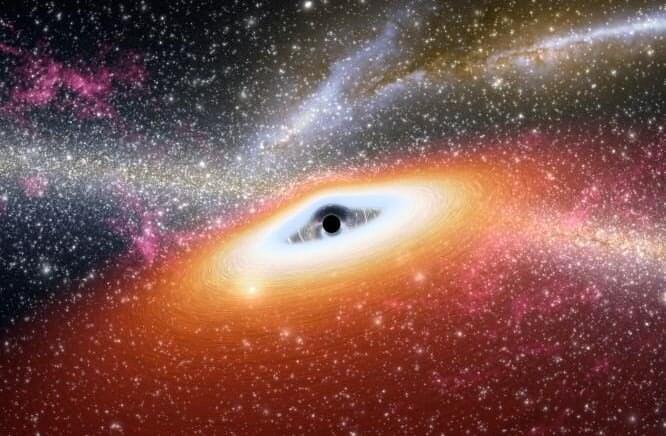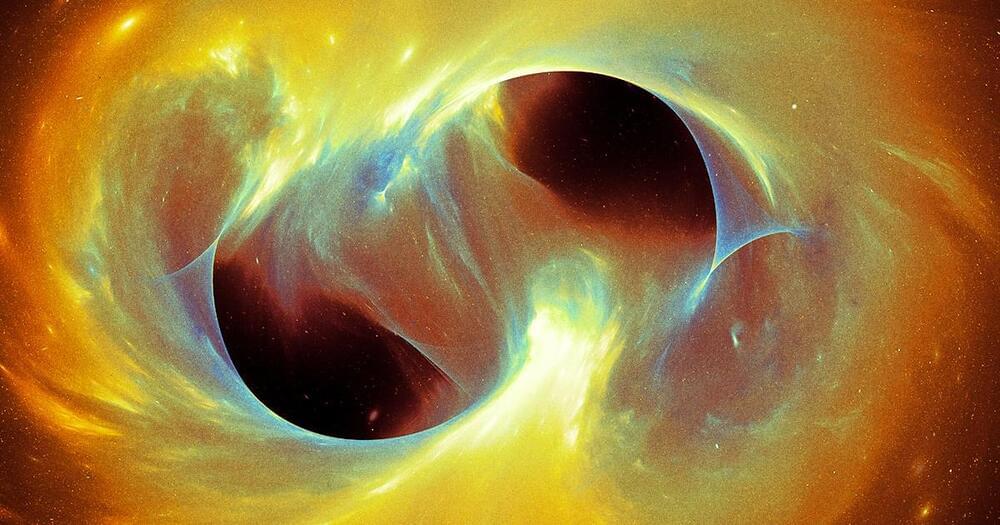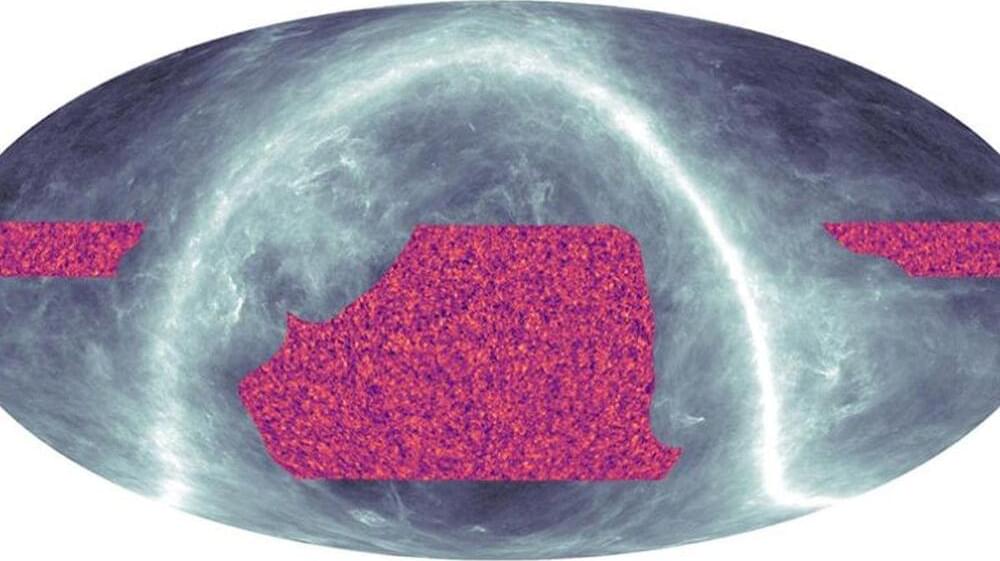A new way to gauge the universe’s expansion rate has delivered a confusing result that may conflict with previous related measurements.



Researchers have discovered a new generic production mechanism of gravitational waves generated by a phenomenon known as oscillons, which can originate in many cosmological theories from the fragmentation into solitonic “lumps” of the inflaton field that drove the early universe’s rapid expansion, reports a new study published in Physical Review Letters on May 2.
The results have set the stage for revealing exciting novel insights about the universe’s earliest moments.
The inflationary period, which occurred just after the Big Bang, is believed to have caused the universe to expand exponentially. In many cosmological theories, the rapid expansion period is followed by the formation of oscillons.
Last video: major new starship launch update!
https://youtu.be/7ZsormtSkS0► Join Our Discord Server: https://discord.gg/zfMNSnuRQN
► Patreon: https://www.patreon.com/theteslaspace.
► Subscribe to our other channel, The Space Race: https://www.youtube.com/c/TheTeslaSpace.
Mars Colonization News and Updates.
https://www.youtube.com/playlist?list=PLBfN0491sF0SQRy0-pZBjdnBaU6JsWr4BSpaceX

I either think this has to do with some unknown physics problem like lack of some sorta gravity on spacetime fabric or it could be piloted by lifeforms as a black hole spaceship. Either way this could be addressed with a laser that could evaporate it back into light for instance a matter into light laser or put it back in place with a stasis field.
Supermassive black holes (SMBHs) lurk in the center of large galaxies like ours. From their commanding position in the galaxy’s heart, they feed on gas, dust, stars, and anything else that strays too close, growing more massive as time passes. But in rare circumstances, an SMBH can be forced out of its position and hurtle through space as a rogue SMBH.
In a new paper, researchers from Canada, Australia, and the U.S. present evidence of a rogue SMBH that’s tearing through space and interacting with the circumgalactic medium (CGM.) Along the way, the giant is creating shock waves and triggering star formation.
The paper is “A candidate runaway supermassive black hole identified by shocks and star formation in its wake.” The lead author is Pieter van Dokkum, Professor of Astronomy and Physics at Yale University. The paper is avaiable on the arXiv preprint server and hasn’t been peer-reviewed yet.


Black holes are considered to be voracious and sinister monsters in space. Until today they are not measurable by normal physical means — at least almost not! Only by two circumstances the giants betray themselves: They change the gravitational forces at their locations by their uncanny large mass — and they radiate! This only minimally, but enough to be able to prove the existence of the black holes. There is something very special about this radiation and today we will look at what it is and what researchers have had to go through in the laboratory to artificially create it. Before we get to that, we ask you to contribute to our channel. Write us your personal opinion in the comments at the end of the video or share your expertise with us.
If you’re a subscriber, you’ll even get a heart and we’ll pin your important contribution to the top. Just make sure you already have a subscription to The Simply Space, like the video and mention both at the beginning of your comment. Now we continue with the mysterious glow from the black hole and an experiment that could change everything.

In an effort to understand the origin of our galaxies, astronomers have spotted an insane, galactic showdown for the ages: four giant black holes in dwarf galaxies destined to collide, though not all in the same place. But boy, did they score a grand slam of astronomy firsts.
Using NASA’s Chandra X-ray Observatory, the astronomers kept a close eye on two separate pairs of merging dwarf galaxies. One is in a cluster 760 million light-years away, the other, over 3.2 billion. Unfortunately, us humans are relegated to the nosebleeds for this one.
Still, we don’t need to be close up to understand the significance of the findings, which were published as a study in The Astrophysical Journals. According to the researchers, it’s the first evidence of large black holes in merging dwarf galaxies at all.

An international team of researchers have been able to track the distribution of matter across the universe over its whole age. The work used the first light that shone freely in the universe, the Cosmic Microwave Background (CMB), to study the unseen matter of the cosmos and confirm that observations agree with our models.
Now, depending on how you look at it, our understanding of the universe is either pretty good or woefully limited. There is a theory called the Standard Model of Cosmology that has been very good at explaining what we see. That said, two crucial components in it are dark matter and dark energy and we haven’t got the darndest idea of what they are. Dark matter is a misnomer. It is not dark, it is invisible as it doesn’t interact with light, only gravity.
So the team used the Atacama Cosmology Telescope in the high Chilean Andes to observe subtle changes to the CMB due to massive structures such as galaxy clusters (filled with dark matter). The changes provide a map of the distribution of matter visible and invisible in the universe.
We’re hearing this week from two very different parts of the string theory community that quantum supremacy (quantum computers doing better than classical computers) is the answer to the challenges the subject has faced.
New Scientist has an article Quantum computers could simulate a black hole in the next decade which tells us that “Understanding the interactions between quantum physics and gravity within a black hole is one of the thorniest problems in physics, but quantum computers could soon offer an answer.” The article is about this preprint from Juan Maldacena which discusses numerical simulations in a version of the BFSS matrix model, a 1996 proposal for a definition of M-theory that never worked out. Maldacena points to this recent Monte-Carlo calculation, which claims to get results consistent with expectations from duality with supergravity.
Maldacena’s proposal is basically for a variant of the wormhole publicity stunt: he argues that if you have a large enough quantum computer, you can do a better calculation than the recent Monte-Carlo. In principle you could look for quasi-normal modes in the data, and then you would have created not a wormhole but a black hole and be doing “quantum gravity in the laboratory”.